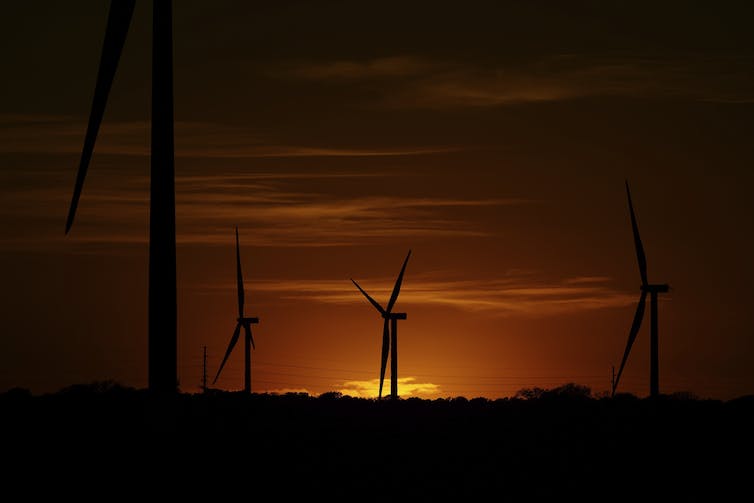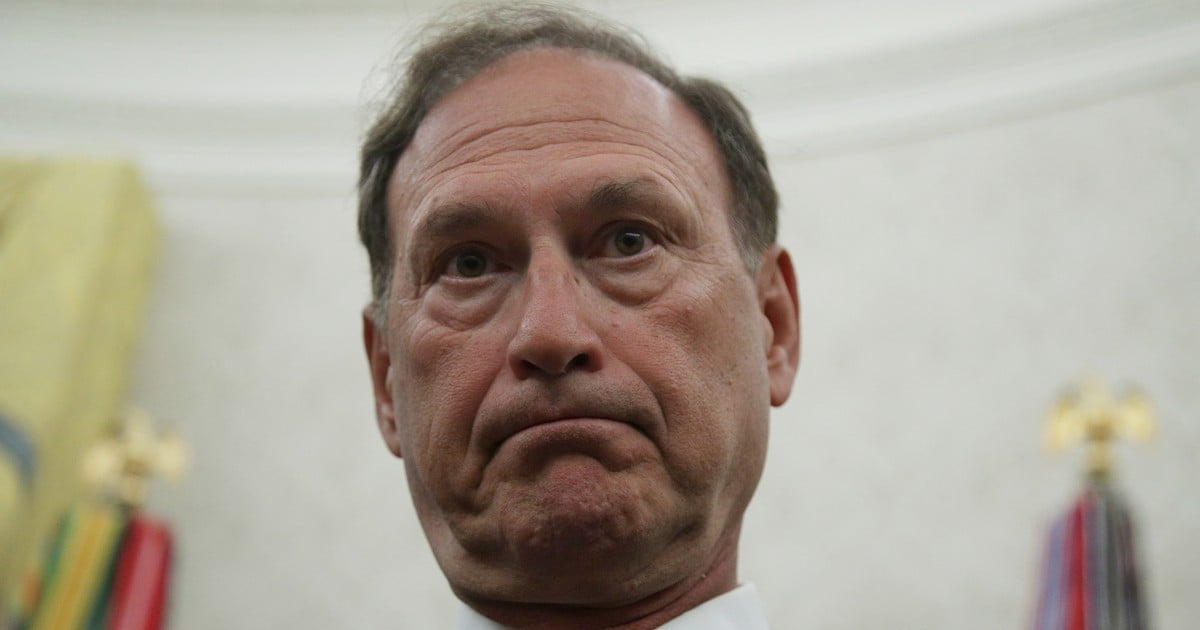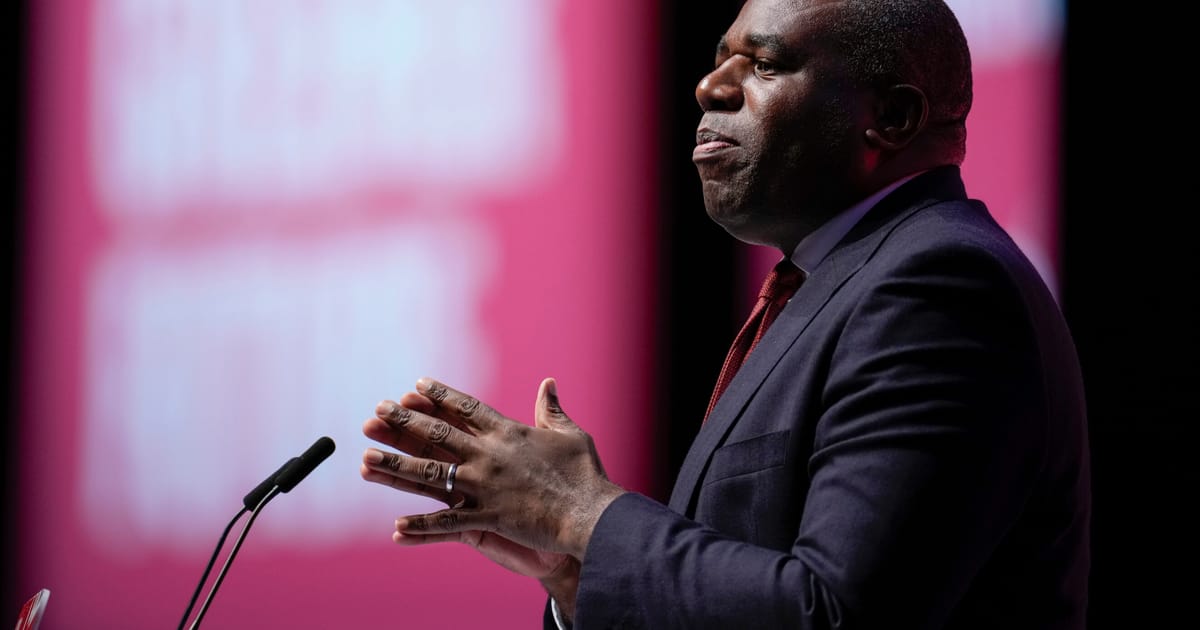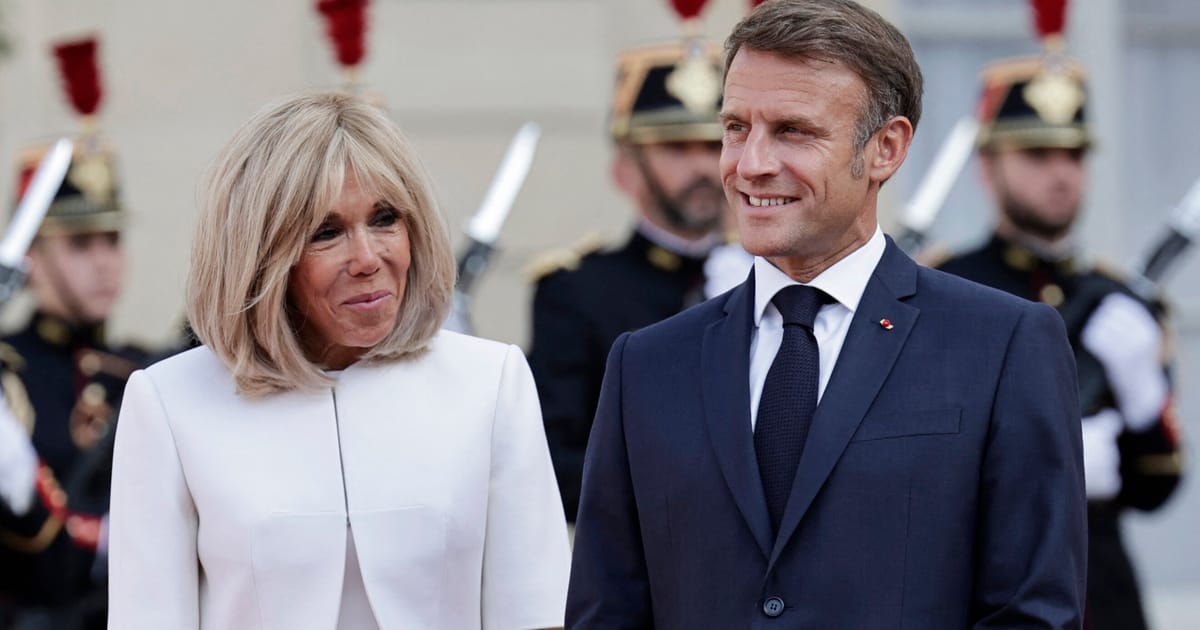This article is part of a series by The Conversation, Getting to Zero, examining Australia’s energy transition.
Just over a year since US President Joe Biden signed the Inflation Reduction Act (IRA) into law, it’s becoming clear this strangely named piece of legislation could have a powerful impact in spurring the global transition to net zero emissions by 2050.
But the vast amount of investment unleashed by the IRA has raised tensions with some of the United States’ closest allies, and creates risks, as well as opportunities, for Australia’s transition to clean energy sources.
In his 2020 presidential campaign, Biden promised to commit the US to net zero by 2050, and to spend US$2 trillion to get there – the biggest investment in manufacturing since World War II. Biden is delivering on those promises.
The road is long and time is short, but Australia’s pace towards net zero is quickening
The 2021 Infrastructure Investment and Jobs Act included about $100 billion for electric vehicles and for speeding the electricity grid’s transition to clean energy sources.
The IRA changes the landscape
Passage of the IRA, in August 2022, ensured a swathe of green technologies would benefit from tax credits, loans, customer rebates and other incentives.
The original announcement estimated that uncapped subsidies over ten years would be US$369 billion, but Goldman Sachs Research now estimates that total subsidies could reach US$1.2 trillion and attract US$3 trillion investment by industry. That’s trillion, not billion.
Already, 272 new or expanded clean energy manufacturing projects in the US, including 91 in batteries, 65 in electric vehicles and 84 in wind and solar power, have been announced. These projects are estimated to create 170,000 jobs, predominantly in Republican-led states.
Eric Gay/AAP
The IRA is all carrot, no stick. It contains no carbon taxes or emissions trading schemes. Instead, tax credits for capital expenditure and production costs encourage companies to invest in solar, wind, hydrogen, batteries, electric vehicles and other zero emissions technologies.
This approach is shifting the debate on the best way to reach net zero emissions. To free-market economists who ask why government should invest in private sector industries, the answer is that the green energy transition is not natural. Renewable energy would never have advanced without Germany subsidising solar and Denmark subsidising wind.
Subsidies and mandates are also crucial in explaining why, last year, Chinese vehicle manufacturers produced 64% of the global total of 10.5 million electric vehicle sales, and deployed about half of the global capacity additions in solar and wind power.
Too hard basket: why climate change is defeating our political system
Industrial policy to protect the climate
The IRA is America’s response. More than climate policy, it is industrial policy, replete with made-in-America provisions. Companies are more likely to obtain tax credits if they employ unionised labour, train apprentices and set up shop in states that are transitioning out of fossil fuels.
Consumers will earn a $7,500 federal tax credit on an electric car only if that car is assembled and at least half the battery made in America. Similarly, wind and solar projects will earn tax credits only if half of their manufactured components are made in America.
These policies were made with China in mind. Both main US parties agree the US must reduce its dependence on sourcing minerals and products from China, and move towards a new form of “strategic economic nationalism”.
Yet while America’s strongest allies are also alarmed by the challenge from China, they are disturbed by aspects of the IRA. They fear that to benefit from its subsidies, their own clean energy companies might pack up shop and establish plants in the US.
The European Union, for example, has praised the IRA’s overall approach, but fiercely criticised its made-in-America provisions. French President Emmanuel Macron called the Act “super aggressive” toward European companies. European leaders say the IRA violates trade rules by discriminating against imported products, and could “trigger a harmful global subsidy race to the bottom on key technologies and inputs for the green transition.”

AP/Brendan Smialowski
Yet even as it criticises the US, the EU has responded to the IRA by relaxing its rules and allowing individual states to provide direct support to clean energy companies to stop them taking their projects to the US.
Canada, worried about investment flowing south to benefit from the IRA even though its free trade agreement with the US should give its companies access to the subsidies, has also announced tax credits and programs to boost clean energy production. Japan and South Korea have announced similar programs.
Why the IRA challenges Australia
In Australia, before the IRA was legislated, the Morrison government provided a A$1.25 billion loan to Iluka Resources to fund construction of an integrated rare-earths refinery in Western Australia. The refinery will produce separated rare earth oxide products that are used in permanent magnets in electric vehicles, clean energy generation and defence.
But Australia risks being left behind in the race to build clean energy industries. The US could so heavily subsidise green hydrogen production that our own planned industry – seen as a foundation of our aspiration to be a clean energy superpower – will be uncompetitive, leading our aspiring manufacturers to set up shop in the US.
‘Green steel’ is hailed as the next big thing in Australian industry. Here’s what the hype is all about
The IRA, however, brings Australia many potential benefits. The US wants to source the raw and refined materials it needs from countries, such as Australia, with which it has a free trade agreement. To respond to this interest, Australian industry, transport and mining must have access to low-emissions electricity.

PR Handout image/AAP
The US will be an essential market for our rare earths such as neodymium, praseodymium, dysprosium and terbium, used to make the powerful permanent magnets in wind turbines and electric car motors. Australia can also build new industrial processes and supply chains so that we earn more from decarbonised metallic iron, aluminium and nitrogenous fertiliser. We can ship our renewable energy in the form of hydrogen and ammonia.
In this race, Australia’s friendship with the US and volatile relationship with China could be decisive. The IRA does not spell out the concept of friend-shoring but nevertheless it seeks “to onshore and friend-shore the electric vehicle supply chain, to capture the benefits of a new supply chain and reduce entanglement with China,” according to the US Centre for Strategic and International Studies.
The IRA denies electric vehicle tax credits when any component or critical mineral in the vehicle is sourced from China or any “foreign entity of concern.”
A clean energy trade war is just one of the potential obstacles that could prevent the full benefits of the IRA being realised. Many communities in the US and Australia are resisting the installation of new transmission lines, wind farms and other clean energy infrastructure, and these objections are often on environmental grounds – the so-called Greens’ Dilemma. And a win for Donald Trump in next year’s presidential election could reverse American climate policy.
Yet on balance, the IRA can only be good for getting to net zero. It brings the US in from the climate wilderness to be a leader in emissions reduction, helping to drive new technologies and lower costs that will benefit not only America but the world.




